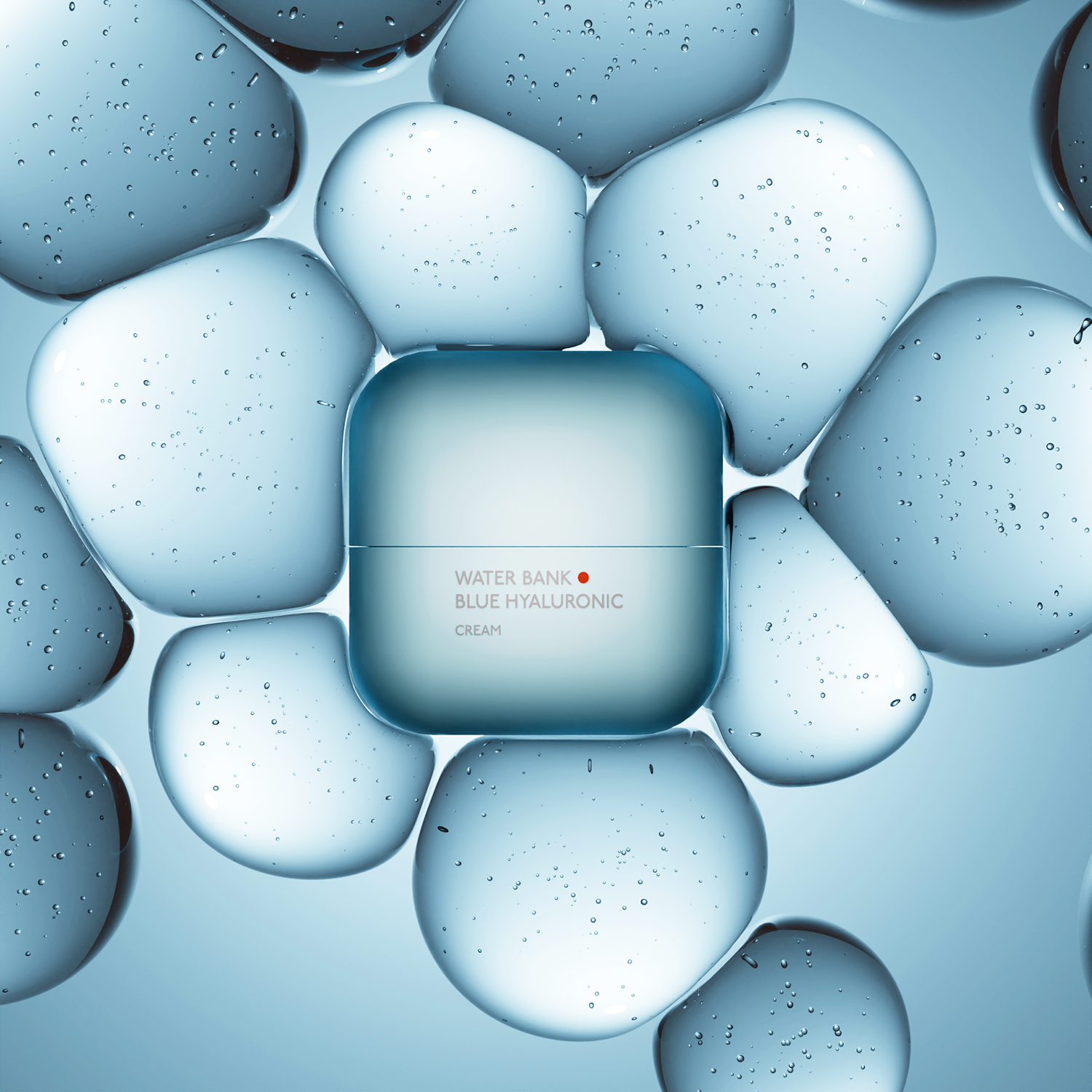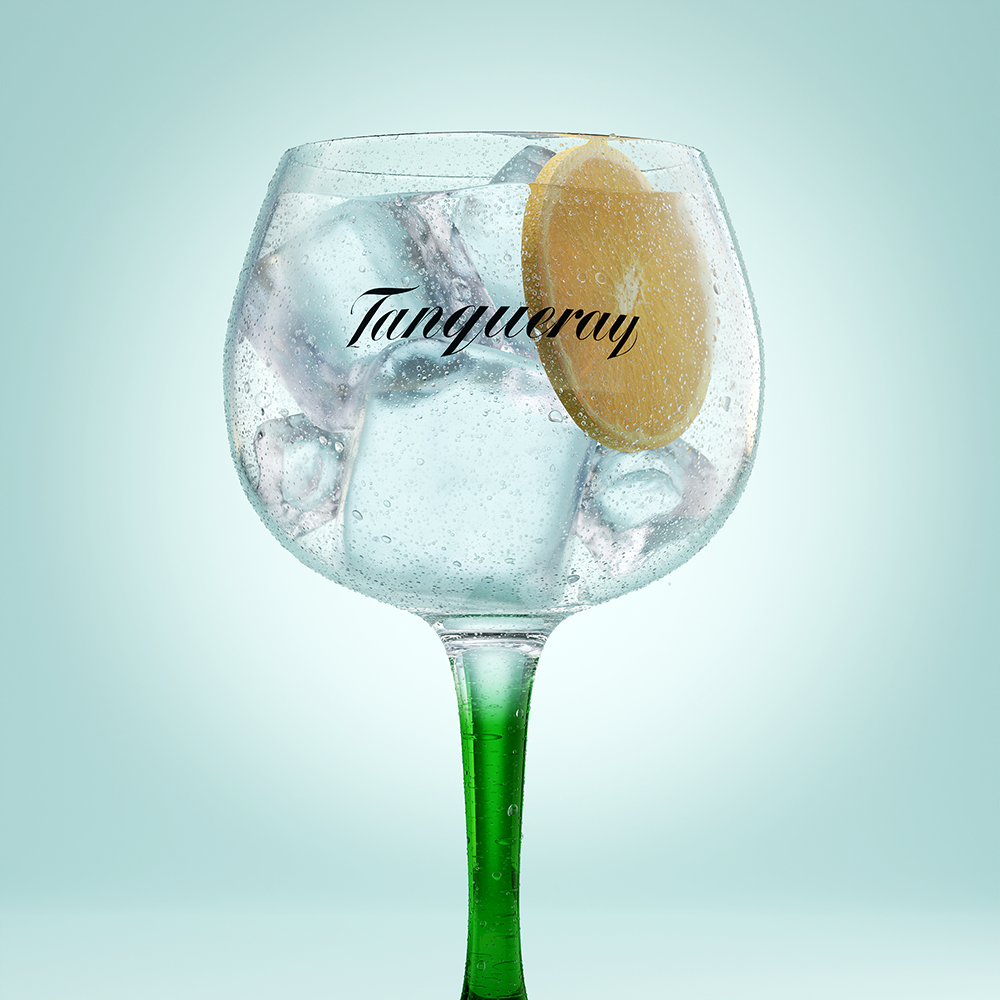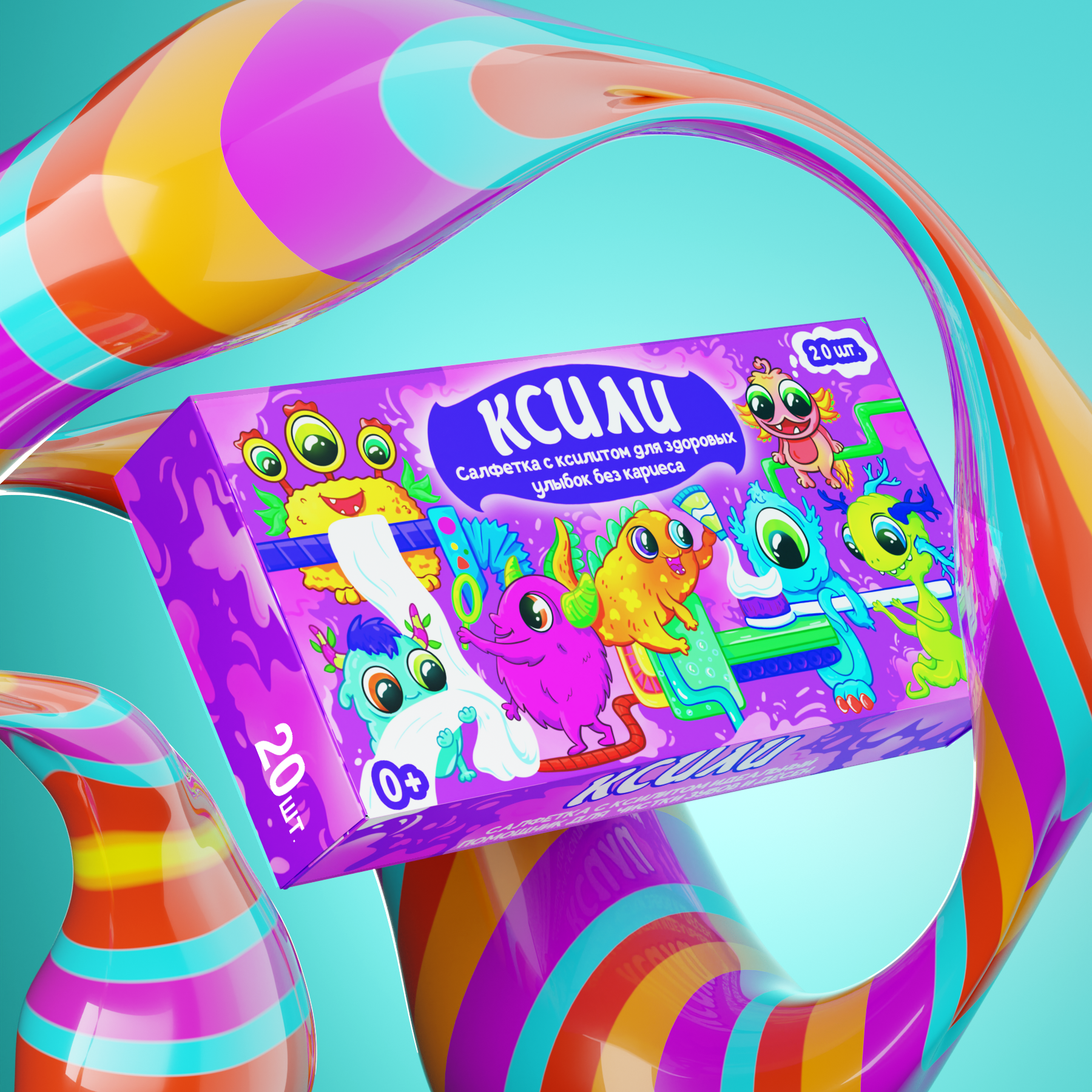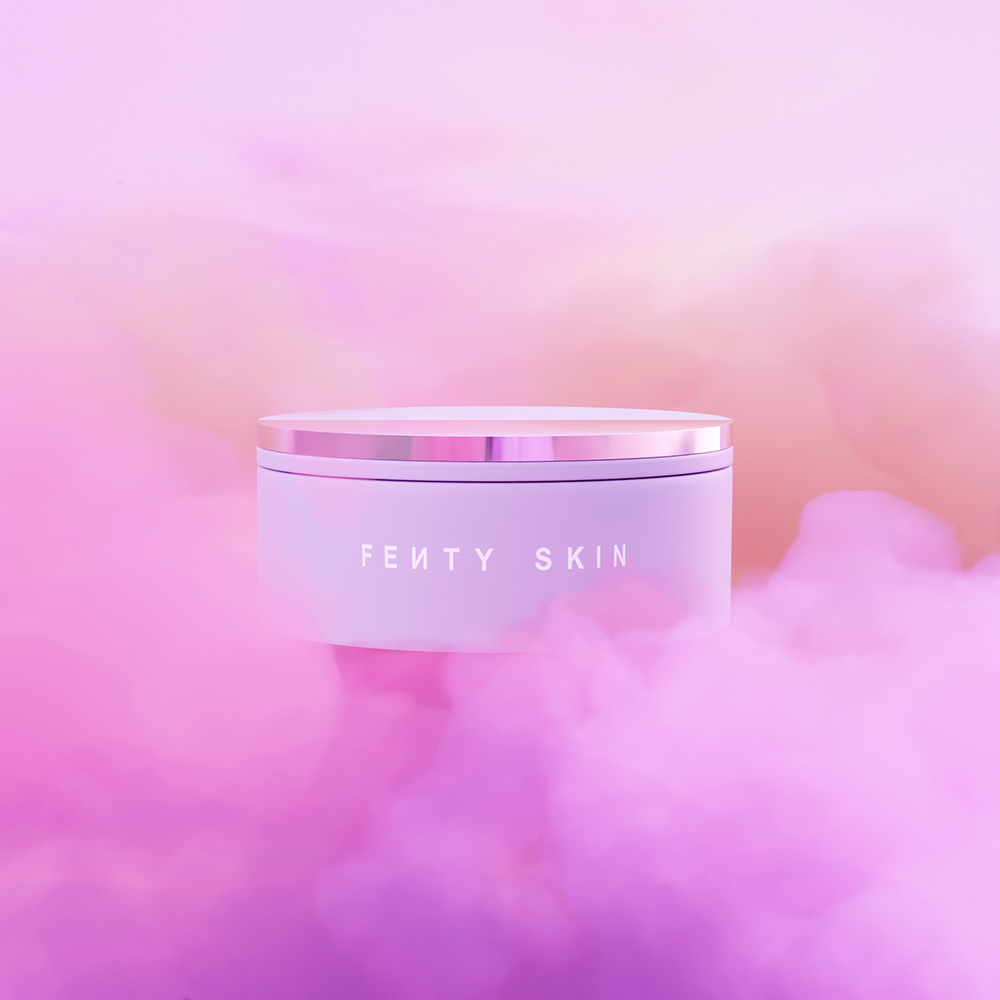3D Modeling & CGI.
In today's digital landscape, 3D modeling and CGI have transcended traditional boundaries, offering limitless possibilities in e-commerce, social media content creation, and immersive experiences in virtual reality (VR). From revolutionizing product visualization for e-commerce platforms with hyper-realistic representations to crafting visually captivating social media content that engages audiences on a deeper level, 3D modeling and CGI have become indispensable tools for brands seeking to make a lasting impact. Moreover, the integration of 3D in VR technologies opens doors to immersive worlds and interactive experiences, allowing users to explore new dimensions of reality. Join me on a journey through the versatile applications of 3D modeling and CGI, where creativity knows no bounds and visuals come to life in ways never imagined before.


In today's visual-driven market, the presentation of products holds immense importance in captivating audiences and driving sales. While traditional product photography has long been the norm, CGI (Computer-Generated Imagery) emerges as a powerful alternative, offering unparalleled flexibility, creativity, and cost-effectiveness.
CGI steps in as a game-changer in several scenarios where traditional photography may fall short. Firstly, when dealing with products that are in the conceptual stage or prototypes, CGI provides an avenue to create hyper-realistic visuals without the need for physical samples. This ability to visualize products before they physically exist accelerates the design process and aids in garnering early feedback.
Moreover, for products with intricate details or those difficult to capture adequately through conventional photography, CGI offers precise control over every element. Whether it's showcasing internal mechanisms, complex structures, or highlighting specific features, CGI allows for meticulous representation and customization, surpassing the limitations of traditional photography.
The adaptability of CGI shines in scenarios requiring numerous product variations or configurations. Instead of conducting multiple photoshoots for each variation, CGI enables swift alterations in color, texture, or design with minimal effort, streamlining the process and reducing costs significantly.
Additionally, in industries where the product's context is crucial for marketing, such as architectural visualization or showcasing products in virtual environments like home decor, CGI offers the freedom to place products in diverse settings without physical constraints. This flexibility contributes to creating compelling narratives around the products, elevating their appeal.
In conclusion, CGI presents a compelling alternative to product photography, particularly in scenarios demanding flexibility, customization, and creative freedom. Its ability to craft hyper-realistic visuals, control intricate details, and adapt to diverse product variations makes CGI an indispensable tool in modern visual marketing strategies.














